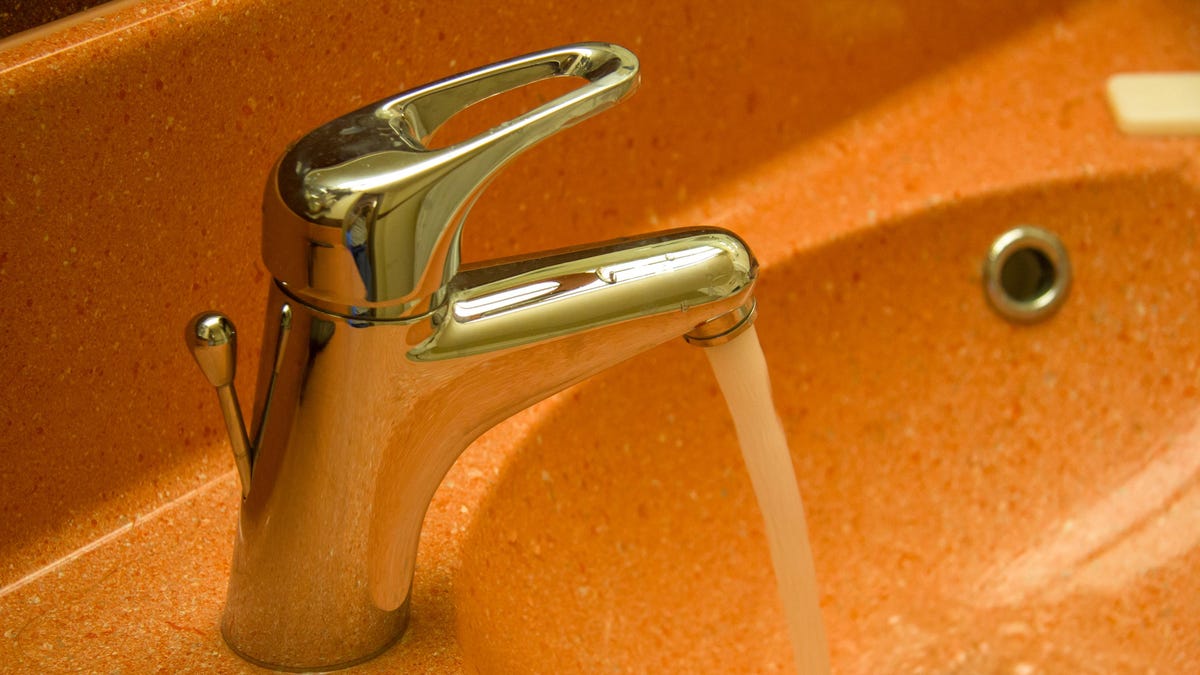You Should Clean Your Sink Overflow Hole

As the name suggests, a sink overflow allows water to drain when the drain is closed or blocked and the faucet is left running. The sink drain is located at the bottom of the sink, and the overflow hole can be found along one of the sides, towards the top.
Given that the overflow hole serves an important function (no one wants to deal with a flooded area and water damage), it should not be blocked or clogged. But even if your hole is working, you should still clean it from time to time—not only to prevent clogs, but also because after a while, the buildup inside the hole can eventually start to stink. Here’s what to do.
What is that black stuff inside the overflow hole?
Have you ever wiped down the inside of your sink and then seen (or smelled) black gunk coming out of the drain or overflow hole? This nasty buildup is a mixture of soap, lotion, shaving cream, toothpaste, skin cells, phlegm and bacteria that live on the hair.
By the time the black dirt reaches the top of the drain or overflow hole, it has already coated what is underneath, increasing the likelihood of a clog.
How to clean a sink overflow hole
Even if you’re not irritated by black dirt, it’s a good idea to wear rubber gloves when cleaning your sink overflow or drain because the dirt can coat and stick to your skin, making it difficult to grab things. You may also want to wear a mask and goggles in case of splashes.
Insert a pipe cleaner (a little thicker and tougher than the kind used for arts and crafts), bottle brush, or drain brush into the overflow hole, then move it up and down, side to side, and in swirls to remove as much as possible trash. You’ll likely have to clean the brush a few times as you go, especially if it gets tangled or gets caught in a clump of hair.
Then use a silicone funnel (or another material that can withstand heat but does not conduct it) to pour a few liters of hot water into the overflow hole to rinse it off.
Some plumbers recommend using boiling water, others advise against it, saying it can damage PVC pipes or crack porcelain sinks. However, if your pipes are made of copper, iron or galvanized steel, boiling water will do, as long as there are no rubber or plastic joints. If you don’t know what to do, use the hottest water that comes out of the sink.
Repeat this process as many times as you need to get rid of the debris.
You can stop here or finish by deodorizing the overflow hole. To do this, use a funnel to pour one glass of baking soda into the hole, and then one glass of hot water. Leave for 10-15 minutes, then use a funnel to pour a few liters of hot water into the hole.
Some people suggest using one cup of white vinegar instead of hot water after baking soda, but as discussed in a previous Lifehacker report, this is not the sink-saving combination that people think.